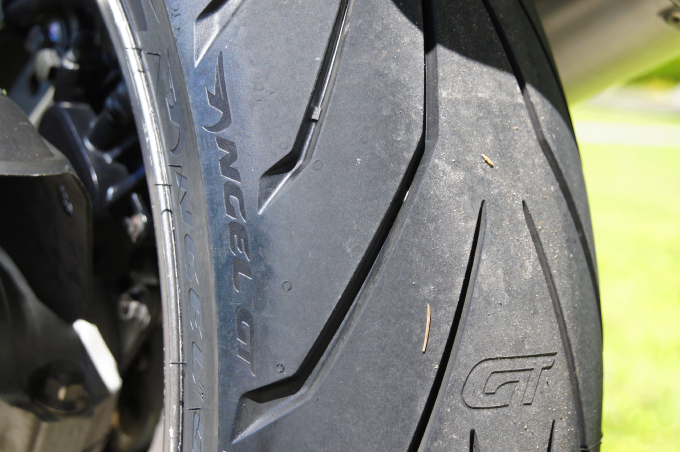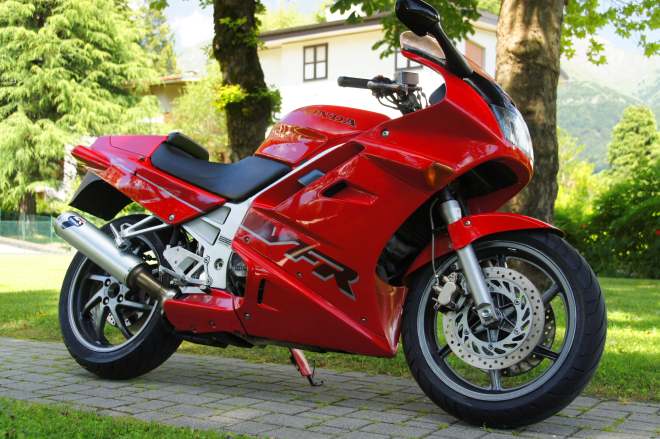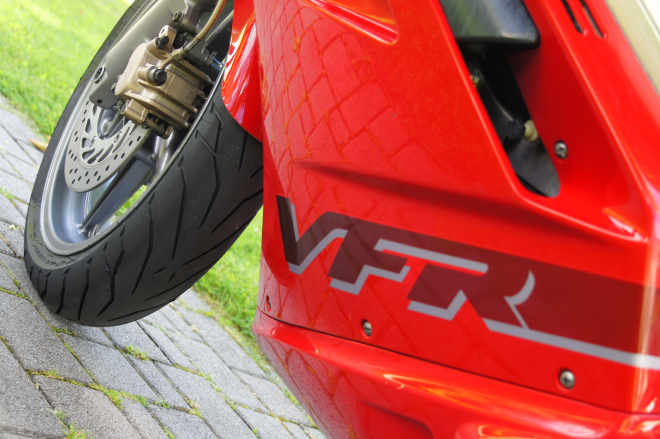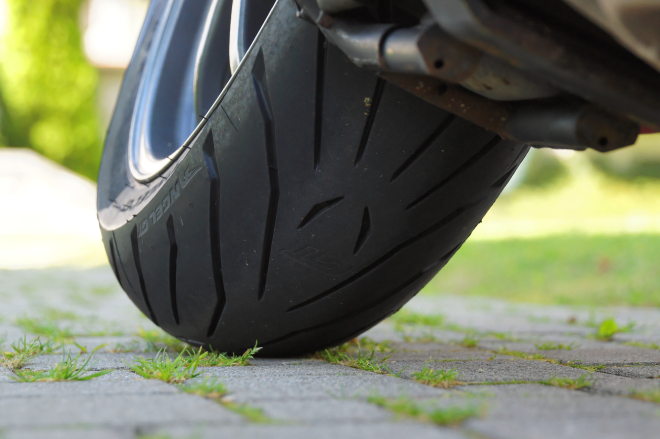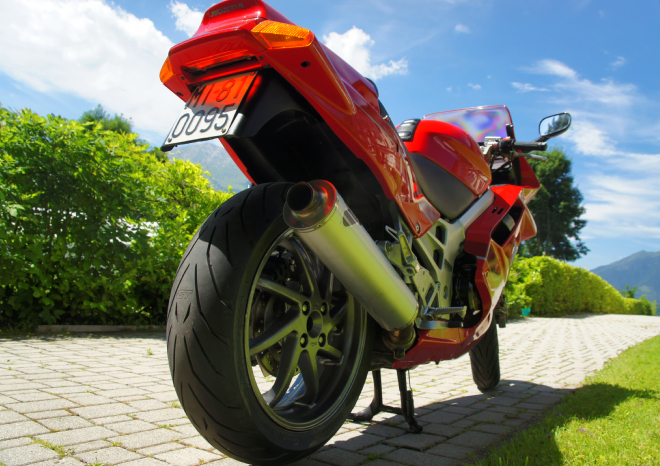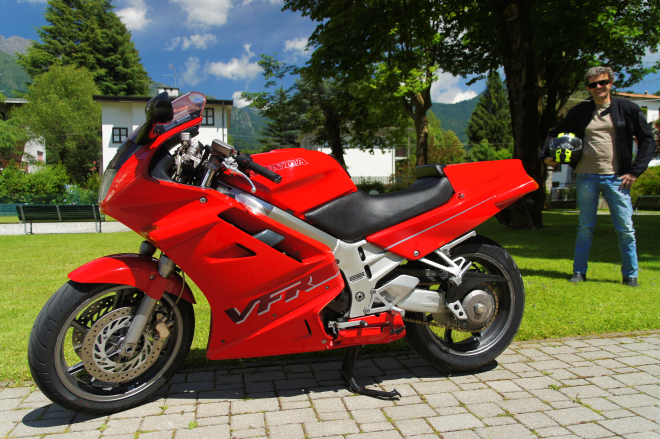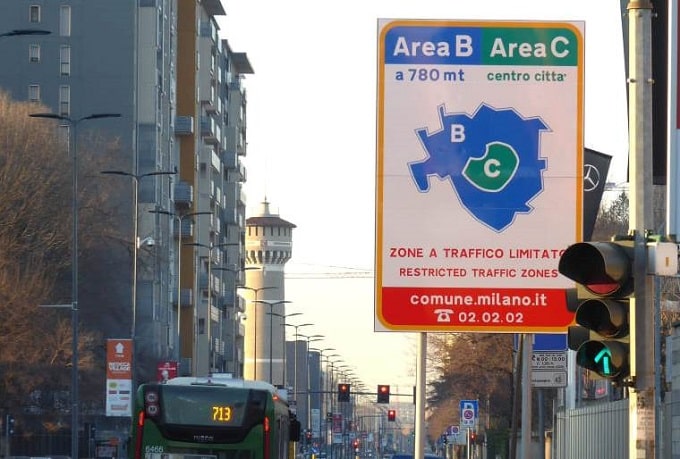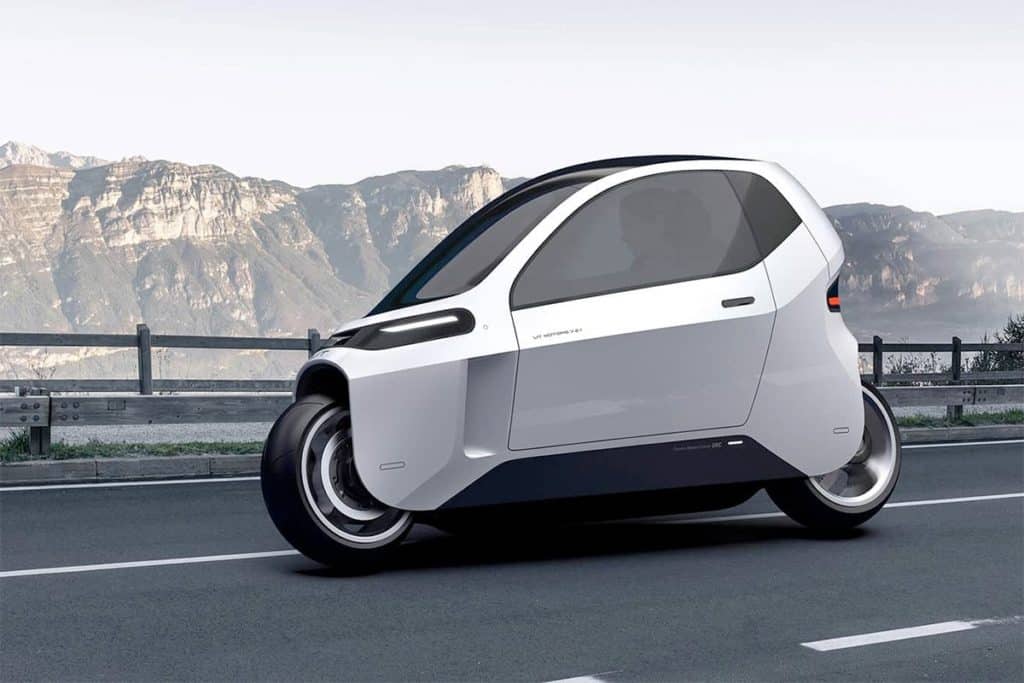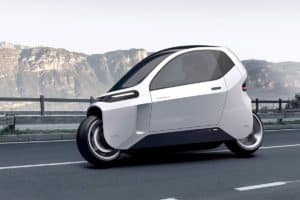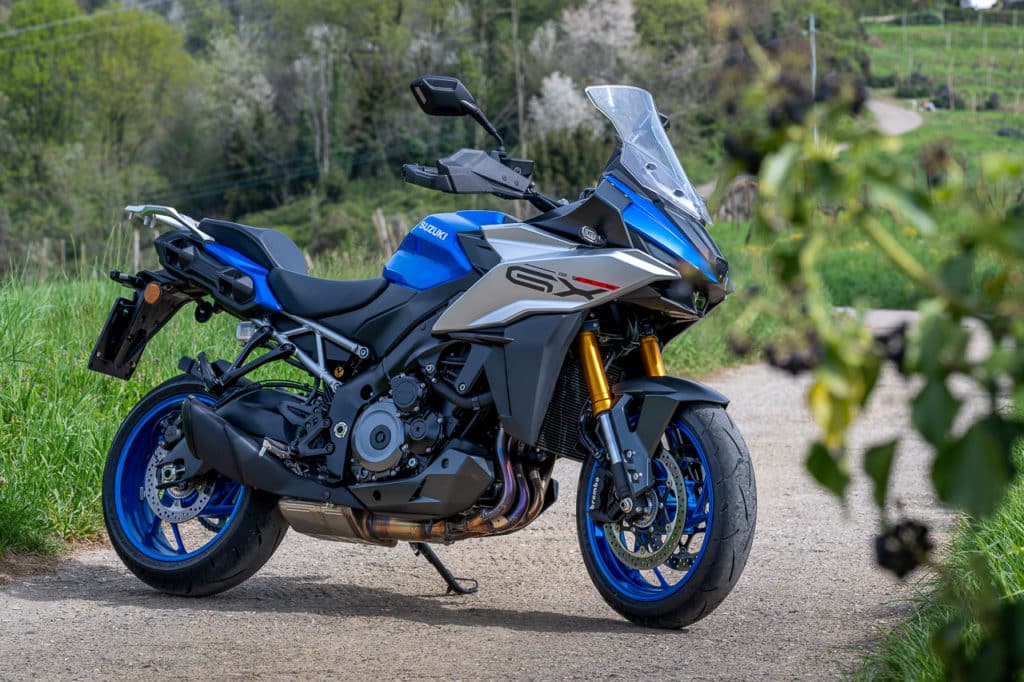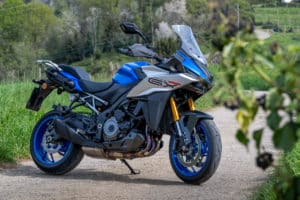Pirelli Angel GT – Long Test – at the top of the Sports Touring category
The test of the innovative tire that combines mileage durability with Pirelli's sporting DNA begins
Pirelli Angel GT: When we thought about testing the durability of a Sport Touring tyre, we liked the idea we came up with straight away. We had at our disposal a motorcycle over 20 years old, which is one of the queens, if not the absolute queen of Sports Tourers: a 750 Honda VFR 36 RC1992. Combine it with what, according to many, it is today the best tire in this market segment, would have allowed us to appreciate the enormous differences between the coverages of a few years ago and those of today. The VFR we had available is in fact one of the best test benches, for more than one reason. First of all, the booklet reports a single size for the rear, quite particular, 170/60 ZR17, without any alternative. Even though some VFR RC36 owners have mounted the 180 on it, without any technical problem, on the road this entails serious consequences, both with the highway code (which provides for the seizure of the vehicle for infringements of this type) and with the insurance companies (which they can even take action against the owner in case of accidents). It seems obvious to us that it is therefore strongly advised against fitting a tire of a non-approved size. Better to try to request the change to the vehicle registration document instead. The procedure has small costs, but the above consequences are avoided. The problem is that it is not always possible (with the current Italian highway code at least), even when technically it would be easily feasible. In our case, for example, Honda does not issue the authorization to register the alternative size, according to them because tires in this size are still available. This is actually only partially true, because the Pirelli Angel GT are among the few alternatives available.
Measurement aside, the Honda VFR is the queen of Sport Tourer, motorcycles created for travel, but at the same time ideal for enjoying a ride on the track occasionally. Her owner knows this well, having traveled with her especially in the first years spent with her many tens of thousands of kilometers in all conditions, including some who went around the track trying to set the best time among the members of the VFR Italia Club. The motorbike lent itself well to these multiple types of use, but the problem was the tyres. A nice sports tire of the time was perfect for dry road use when you wanted to have a bit of fun on mixed terrain, but it wasn't the best on the track or even in the wet. With a slightly tight ride the rear could even last much less than 3.000 km. So over the course of several years there have been attempts to accommodate the nature of this motorbike and its rider, without however finding an optimal solution. Some motorcyclists were even looking for two used rims, even better if with brake discs mounted, to be able to change tires more comfortably and quickly according to need. Today it is rare that anyone still does this, you will soon find out why. About ten years ago, our collaborator also got tired of replacing the tires more than once during the year (with a rather large expense) and gave in to the temptation to switch from sports tires to more touring ones. The result for him, however, was terrible. The durability in terms of mileage was certainly better, in the wet things were even reasonably good, but when he wanted to have some fun he had to cry: the bike became uncontrollable and dangerous. Moreover the Honda VFR 750 RC 36 has an unimpressive power of just over 100 horsepower to date, but with the output of the past, angry when the V4 came in torque and without electronic aids. He did the experiment with a Sport Touring tire from a competing manufacturer that we won't mention, also because that product has no longer been on sale for years. Since then many things have changed and today this type of coverage has become completely different.
When we thought of carrying out this test combining this bike and this tyre, initially the owner, mindful of this experience, he was hesitant. We did it a few seconds to prove him wrong, just do a search and read the opinions of users, testers and pilots to understand what we are talking about. According to many comparative tests, the Pirelli Angel GT represents the best product in a segment that has made giant strides. While getting record mileage, performance in the wet, but above all in the dry, has improved. If you don't want to set the lap record, a tire like this also allows you to take a turn on the track without risking hitting the ground, it's not an impression, many have already tried it, remaining surprised by how much a current Sport Touring tire can be efficient. Thanks to innovations that have arrived in recent years in the field of tread design, profiles, structure and compounds. Let us remember that for about ten years now, development work has become much more linked to calculation models made possible by information technology than by empirical evidence. Thus progress has undergone a marked acceleration, also thanks to the experience acquired in competitions and the transfer of technology towards products intended for everyday motorcyclists. The improvements between one generation of roofing and another make once incredible things possible. There is no need to settle for a tire with better performance in the wet, sacrificing performance in the dry or vice versa. A new product keeps the results of the one it replaces at least unchanged on all parameters, improving some or many of them. As the Pirelli Angel GT evolves compared to the Angel ST, managing to guarantee less wear and significantly better grip on dry surfaces and at the same time better grip on wet surfaces, thanks above all to better water drainage. They were in fact adopted one new arrangement and new orientation of the carvings, also designed to optimize drainage of water. This made it possible to obtain a percentage reduction of 10% at the front and 16% at the rear in the ratio between empty and full, which translates into a greater contact surface with the ground and therefore greater grip and less wear (as well as more uniform). The application of concepts such as Schallamach theory of wear waves it also made it possible to avoid the terrible phenomenon that leads to steps on the profile of the tyre, often leading to the need for its premature replacement. Perhaps the most important work that has been done is linked to the profile of the new Angel GT. Now the footprint is 6% shorter and 15% wider compared to that of its predecessor Angel ST. A shorter footprint produces a less overheating, less slippage and therefore less wear of the compound itself, while the greater width leads to distribute wear over a larger portion of the tread, to the full advantage of both record mileage (in the order even of 30% more than the "old" STs) and the regularity of wear.
As for the tire structure, the Angel GTs have a rayon carcass, a material similar to that used for the tires developed by Pirelli for Superbikes. Rigidity increases by 60% (!), making the bike more agile and precise when riding, without however decreasing its damping capabilities on uneven asphalt. As for the compound, a dual-compound tread with cap&base technology for the rear, while at the front there is only one compound, similar to that present on the lateral portions of the rear tyre. This allows for always optimal grip, but less wear of the portion that is most abused by a motorbike (the central one at the rear). Silica and polymers with a controlled microstructure are some of the secrets that lead to optimal grip on both dry and wet surfaces. The icing on the cake is that Pirelli makes it possible to customize the tire thanks to a special personalized label that can be created and purchased directly on the Milanese company's website.
The premises are all there and the first sensations confirm them, the new Pirelli Angel GTs really seem to be the new reference in this market segment, follow us on these pages to get our impressions during our long test.
The Angel GTs are available for the front in these sizes:
120/60 ZR 17 M/C (55W) TL
120/70 ZR 17 M/C (58W) TL
110/80 ZR 18 M/C (58W) TL
120/70 ZR 18 M/C (59W) TL
For the rear:
150/70 ZR 17 M/C (69W) TL
160/60 ZR 17 M/C (69W) TL
170/60 ZR 17 M/C (72W) TL
180/55 ZR 17 M/C (73W) TL
180/55 ZR 17 M/C (73W) TL (A)
190/50 ZR 17 M/C (73W) TL
190/50 ZR 17 M/C (73W) TL (A)
190/55 ZR 17 M/C (75W) TL
190/55 ZR 17 M/C (75W) TL (A)
190/55 ZR 17 M/C (75W) TL (D)
160/60 ZR 18 M/C (70W) TL
(A) Reinforced two-ply structure for better stability
(D) Original equipment of the new Ducati Multistrada 1200 S Granturismo
The helmet in the photo is a Caberg Duke Legend
Thanks to Matteo Dolcetti for making his beauty available Honda VFR 750 RC36 of which he is the sole owner, having purchased it new back in 1992, as well as for telling us about his experiences riding this motorbike in over 20 years of tire development.
if you want to always be updated on our news
Follow us here

